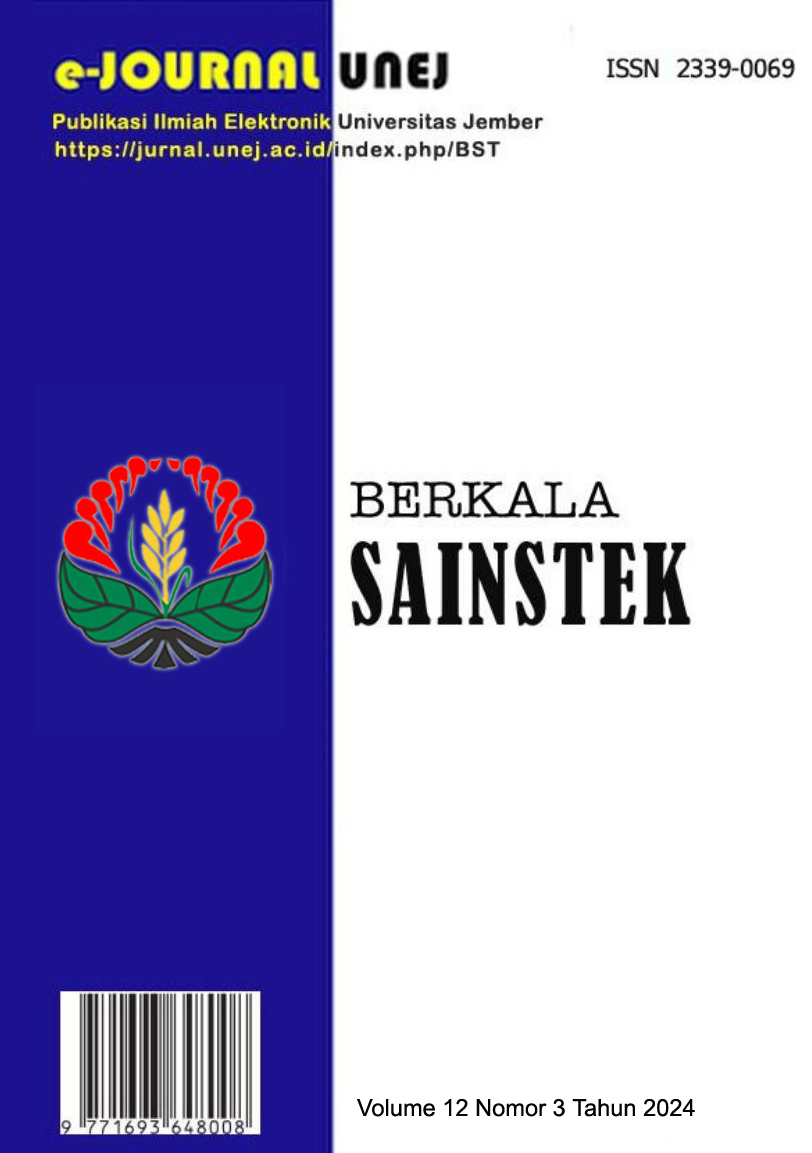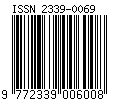Tempe Wastewater Treatment Using Effective Microorganism (EM) Based on Kepok Banana Peel Waste
DOI:
https://doi.org/10.19184/bst.v12i3.46979Keywords:
Tempeh industry, COD, BOD, TSS, Effective microorganismAbstract
This study aims to evaluate the effectiveness of using Lactobacillus sp. bacteria as an Effective Microorganism (EM) solution derived from kepok banana peel waste to treat tempeh wastewater. The research was conducted using four reactors with varying EM concentrations (0%, 10%, 20%, and 30%) that were processed over 16 days. The results demonstrated a significant decrease in COD, BOD, and TSS levels. Reactor R4, containing 30% EM, reduced BOD by 78.01%, increased DO to 1.31 mg/L, and raised pH to 5.86. Reactor R3, with 20% EM, achieved the highest COD reduction of 78.13%. Additionally, Reactor R2, containing 10% EM, reduced TSS by 66.81%. This study indicates that EM derived from kepok banana peel waste can effectively degrade organic pollutants in tempeh wastewater, offering an environmentally friendly treatment method.




